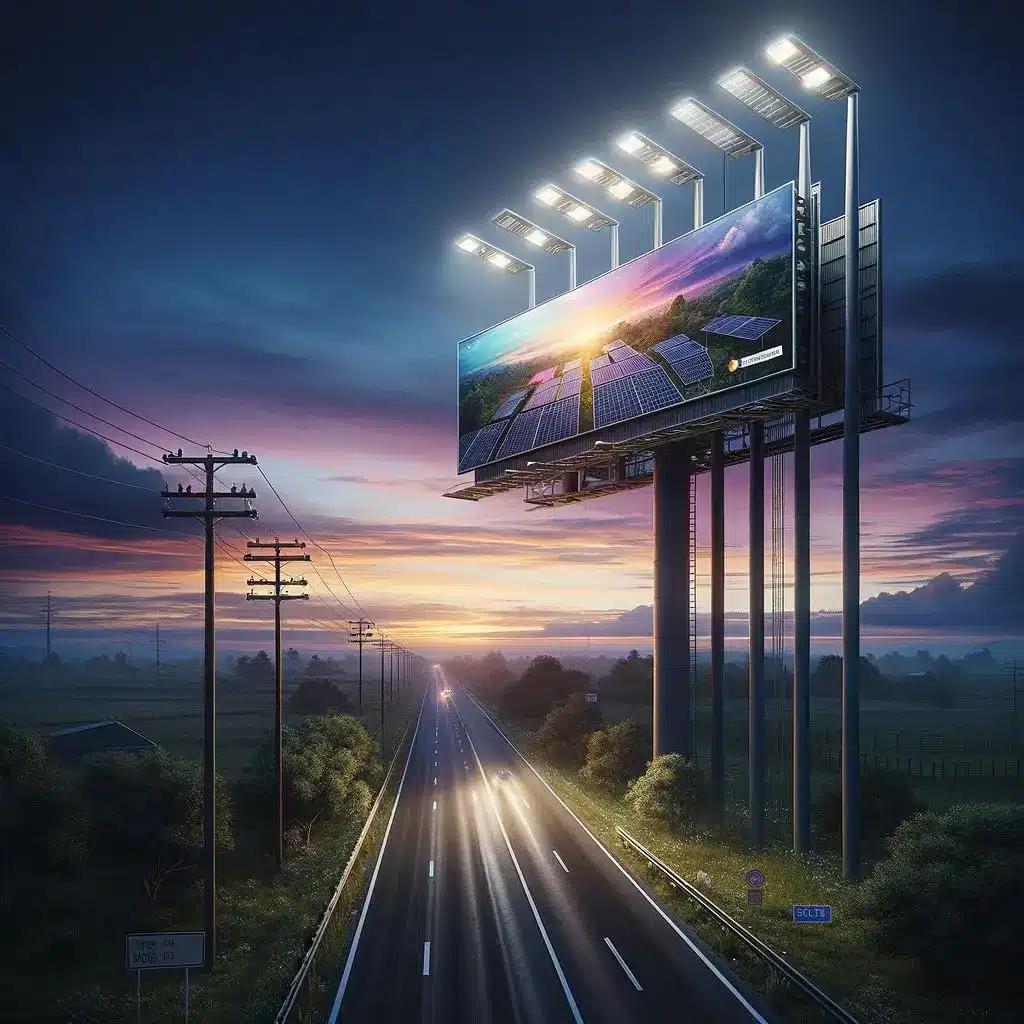Outdoor solar lights have revolutionized the way we illuminate our exterior spaces, offering a sustainable and cost-effective alternative to traditional lighting solutions. But when investing in these eco-friendly fixtures, one question often comes to mind: What is the lifespan of outdoor solar lights? In this article, we’ll delve into the factors that influence the longevity of solar lights and explore different types of fixtures, such as solar bollard lights, solar parking lot lighting, and solar floodlight fixtures.
Understanding the Components of Outdoor Solar Lights
To grasp the lifespan of outdoor solar lights, it’s essential to understand the key components that make them function:
- Solar Panels: These panels, typically made of photovoltaic cells, capture sunlight and convert it into electrical energy. The quality and size of the solar panel directly impact the light’s performance and durability.
- Rechargeable Batteries: The electrical energy generated by the solar panels is stored in rechargeable batteries, usually lithium-ion or NiMH. The battery’s capacity and quality play a significant role in the light’s runtime and overall lifespan.
- LED Bulbs: Outdoor solar lights employ energy-efficient LED bulbs, known for their long lifespan and low power consumption. The quality of the LED bulbs affects the brightness and longevity of the light.
- Weatherproof Housing: The exterior casing of solar lights is designed to withstand outdoor elements like rain, snow, and UV rays. Durable materials such as ABS plastic or aluminum ensure the light’s longevity in various weather conditions.
Factors Affecting the Lifespan of Outdoor Solar Lights
Several factors influence the lifespan of outdoor solar lights, including:
– Quality of Components: Higher-quality solar panels, batteries, and LED bulbs generally lead to a longer lifespan. Investing in well-constructed lights from reputable brands can ensure better performance and durability.
– Geographic Location: The amount of sunlight received varies depending on geographic location. Areas with more sunny days allow solar lights to charge efficiently, extending their lifespan. Conversely, regions with limited sunlight may require more frequent battery replacements.
– Placement and Orientation: Positioning solar lights in areas that receive optimal sunlight exposure maximizes their charging potential and prolongs their lifespan. Ensuring the solar panels are angled correctly and free from obstructions can enhance their performance.
– Maintenance: Regular cleaning of solar panels and proper storage during extended periods of non-use can significantly impact the lifespan of outdoor solar lights. Accumulation of dirt, dust, or debris can hinder the panels’ ability to absorb sunlight effectively.
Types of Outdoor Solar Lights and Their Lifespan
- Solar Bollard Lights: These short, post-like fixtures are commonly used to illuminate pathways, driveways, and landscaping. Solar bollard lights are known for their durability, with a typical lifespan of 2-3 years. However, high-quality models with robust construction and efficient solar panels can last up to 5 years or more. read more about Solar Bollards The Future of Outdoor Lighting here.
- Solar Parking Lot Lighting: Designed to provide ample illumination for parking areas, these powerful fixtures often feature larger solar panels and higher-capacity batteries. With proper placement and maintenance, solar parking lot lighting can last between 3-5 years, depending on the quality of components and environmental factors.
- Solar Floodlight Fixtures: These high-intensity lights are ideal for security purposes or illuminating large outdoor spaces. Solar floodlight fixtures often boast longer lifespans due to their heavy-duty construction and efficient solar panels. On average, they can last 4-6 years, with some premium models extending up to 8 years or more.
 |
Maximizing the Lifespan of Outdoor Solar Lights
To get the most out of your outdoor solar lights and extend their lifespan, consider the following tips:
– Invest in Quality: Choose solar lights from reputable brands that use high-grade components, ensuring better performance and longevity.
– Optimal Placement: Position solar lights in areas that receive ample direct sunlight throughout the day. Avoid placing them in shaded or obstructed areas.
– Regular Maintenance: Clean the solar panels periodically to remove any accumulated dirt or debris. Store the lights indoors during harsh winter months or prolonged periods of non-use.
– Battery Care: If the lights come with replaceable batteries, use high-quality, rechargeable batteries and replace them as needed. Dispose of old batteries properly to minimize environmental impact. Read more about Shine Bright: The Ultimate Guide to Choosing the Best Solar Light for Your Outdoor Spaces here.
FAQs
- Can I leave outdoor solar lights out during winter?
– While most outdoor solar lights are designed to be weather-resistant, it’s essential to check the product specifications for details regarding their durability in extreme weather conditions.
- How often should I replace the batteries in my solar lights?
– The frequency of battery replacement depends on the quality of the batteries and the amount of sunlight they receive. On average, rechargeable batteries in solar lights can last 1-2 years before needing replacement.
- Do solar lights work on cloudy or rainy days?
– Solar lights can still charge on cloudy or rainy days, but their efficiency may be reduced. They may not provide as much illumination or last as long on a single charge compared to sunny days.
To Sum Up
The lifespan of outdoor solar lights varies based on factors such as component quality, geographic location, placement, and maintenance. On average, solar bollard lights can last 2-3 years, solar parking lot lighting 3-5 years, and solar floodlight fixtures 4-6 years. By investing in quality fixtures, optimizing their placement, and performing regular maintenance, you can maximize the longevity of your outdoor solar lights. Embrace the power of solar energy and enjoy the sustainable and cost-effective illumination they provide for years to come.
Your message has been sent
